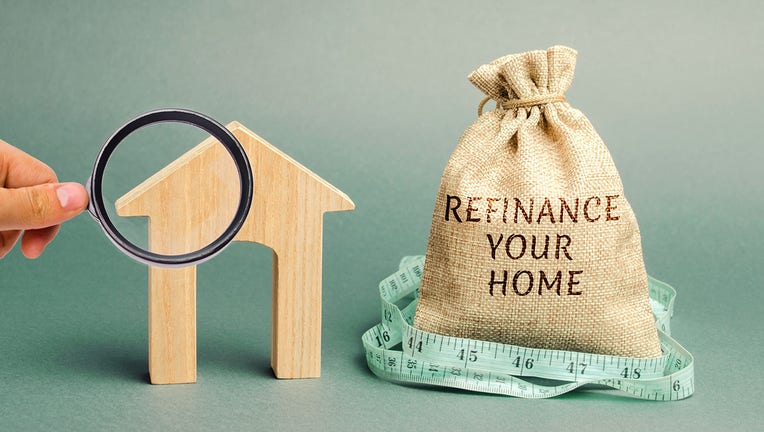Homeowners previously in COVID mortgage forbearance can qualify for low-income refinance – here's how

Fannie Mae's low-income refinance program is now available to more homeowners after the lender expanded the program to include those who skipped payments due to COVID-19 forbearance. (iStock)
In early June, Fannie Mae and Freddie Mac rolled out a new low-income refinance option for homeowners that would save them an estimated $100 to $250 per month. Now, Fannie Mae released an update to the program that will allow homeowners who were in COVID-19 forbearance to take advantage of the refinance option as well.
In a Lender Letter sent out Wednesday, Fannie Mae made three key updates to its program:
- Allow current subordinate financing, or a second debt that pays an amount not covered by a primary mortgage, to be refinanced at the same time
- Allow borrowers who missed payments during the COVID-19 forbearance period to be eligible
- Clarified lender requirements pertaining to paystubs for the program
If refinancing your mortgage is something you're considering, you can use Credible to see what options and interest rates are available to you.
FHFA'S NEW MORTGAGE REFINANCE OPTION COULD CUT PAYMENTS BY HUNDREDS FOR SOME HOMEOWNERS
Under previous conditions, Fannie Mae required homeowners to not have missed any payments on their home loan in the past six months, and have only one missed payment in the past 12 months. And while this was a looser requirement than what is normally required for mortgage refinances, this week’s update further expanded who is eligible for a refinance.
Now, borrowers who have missed a payment on their mortgage in the past 12 months due to being in a COVID-related forbearance period can still refinance, if certain conditions are met. Fannie Mae is requiring homeowners to be current in their mortgage before using its RefiNow low-income refinance option. However, there is more than one way for homeowners to meet this requirement.
If you are interested in seeing if you qualify for a low-income refinance through Fannie Mae, visit Credible to talk to a home loan expert and get all of your questions answered.
FEDERAL RESERVE ELECTS TO HOLD INTEREST RATES AT 0%
One way for homeowners to be current on their mortgages is to simply pay back the missed payments. This would qualify them for Fannie Mae’s refinance option. However, for many, this is not possible.
Fannie Mae also gives several loss mitigation solutions under which a homeowner would still be eligible to use the refinance option. Here are ways a homeowner with a Fannie Mae-backed mortgage can become current in their home loan:
- Repayment plan: Homeowners must have made either three payments under their new repayment plan or completed the repayment plan, whichever occurs first. There is no requirement that the repayment plan be completed.
- Payment deferral: This allows homeowners to defer the missed payments until the maturity date of the loan, or when they sell or refinance the loan. The borrower must have made three consecutive payments following the date of the payment deferral agreement.
- Loan modification: This changes the terms of the loan, such as changing the years left to pay the loan or lowering the interest rate to lower monthly payments. The borrower must have completed the three-month trial payment period.
If the homeowner has another loss mitigation program that is not listed, they must have either completed the program or completed three full consecutive monthly payments. If they meet these requirements, low-income homeowners will be eligible to refinance their mortgage under Fannie Mae’s RefiNow program.
To get a better sense of what refinance options are available to you, you can reach out to Credible to get in touch with a lender.
FED PROJECTS TWO RATE HIKES BY 2023 – HOW TO LOWER YOUR RATE NOW
Other requirements to be eligible for the program include having an income that is no more than 80% of the area median income, holding a loan backed by Fannie Mae or Freddie Mac, having at least 3% equity in the home and a credit score of at least 620.
These are all lower requirements than a typical mortgage refinance and the goal of the program is to allow those who were hit hardest by the COVID-19 pandemic to benefit from today’s historically low interest rates by refinancing their mortgage and saving on their monthly payment.
Check out Credible to see how much you could save and view rates from multiple lenders at once.
Have a finance-related question, but don't know who to ask? Email The Credible Money Expert at moneyexpert@credible.com and your question might be answered by Credible in our Money Expert column.

